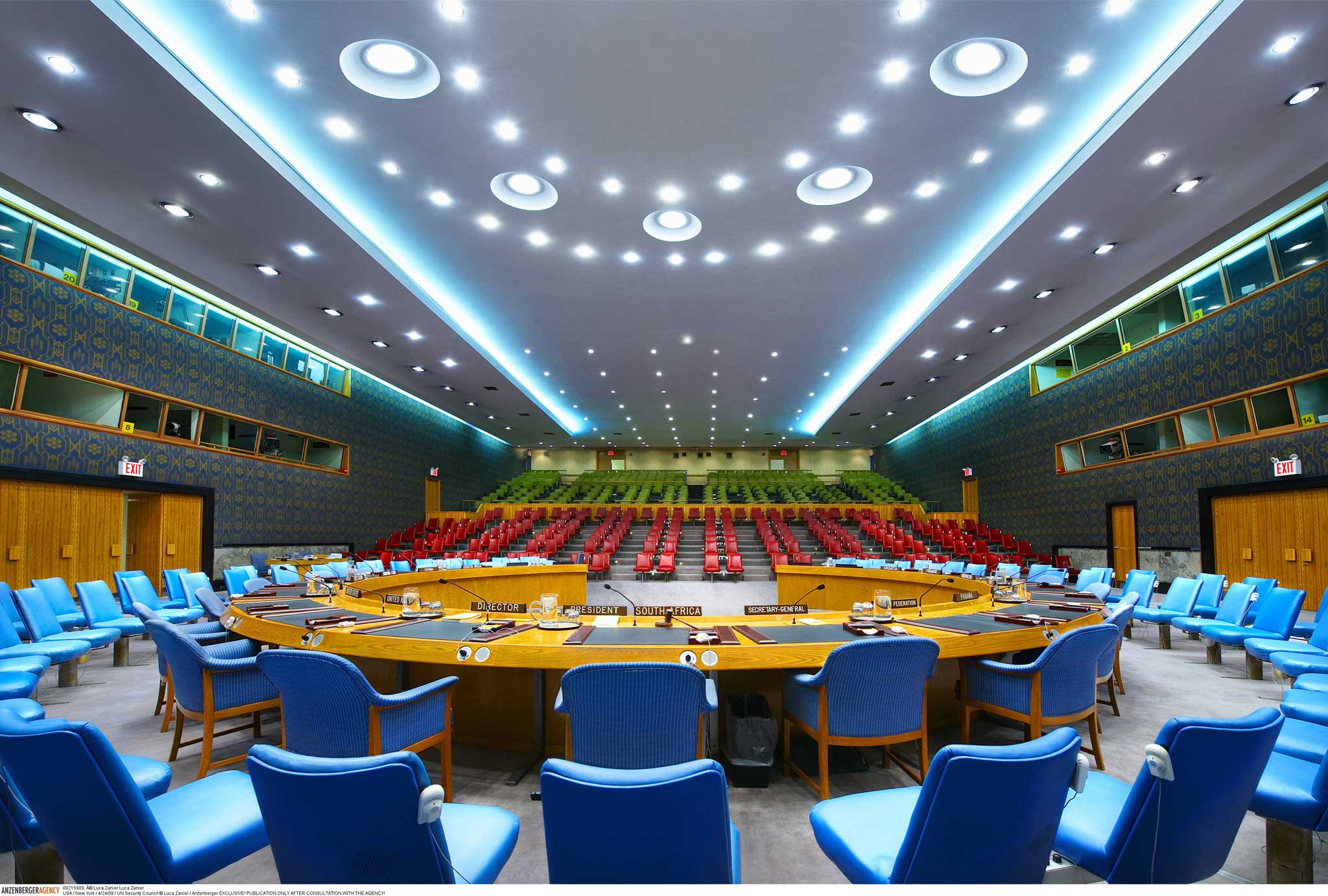Inside the world's power bases: Photographer Luca Zanier gained access to the inner sanctums of the world's most influential organisations
The inner sanctums of the world's most influential organisations are off limits to most. But the photographer Luca Zanier has access all areas. He tells Holly Williams that power is as much about place as people

Your support helps us to tell the story
From reproductive rights to climate change to Big Tech, The Independent is on the ground when the story is developing. Whether it's investigating the financials of Elon Musk's pro-Trump PAC or producing our latest documentary, 'The A Word', which shines a light on the American women fighting for reproductive rights, we know how important it is to parse out the facts from the messaging.
At such a critical moment in US history, we need reporters on the ground. Your donation allows us to keep sending journalists to speak to both sides of the story.
The Independent is trusted by Americans across the entire political spectrum. And unlike many other quality news outlets, we choose not to lock Americans out of our reporting and analysis with paywalls. We believe quality journalism should be available to everyone, paid for by those who can afford it.
Your support makes all the difference.When we think about power, we usually think about people – the presidents and prime ministers, the generals and CEOs, the rich and influential. But many of these will owe their clout to the institutions or political systems that they're part of – that have their own long histories which will endure long after any one individual has retired or expired. And all this power must, in the end, reside somewhere: be exercised in a space, have a physical seat. It was these rooms and places where major political and financial decisions are thrashed out that caught the attention of the photographer Luca Zanier.
"The place is powerful," insists the 47-year-old. "People come and go, but the place stays the same down the generations." His project, taking huge, wide-angled images of empty meeting rooms at powerful organisations around the world, began in 2009 when he was in Paris and visited the headquarters of the French Communist Party. This curvaceous building – designed by the Brazilian Modernist architect Oscar Niemeyer – includes a central domed chamber: a functional meeting-room with rows of chairs, it's given a striking texture and twinkling lightness thanks to hanging, pale aluminium panels. That might sound chilly, but in Zanier's photograph they give a strangely pink, organic, enveloping appearance – a far cry from your average meeting-room blandness. "I was fascinated by the architecture [and began] thinking it could work as a project," he says.
And so Zanier began his Corridors of Power venture, which is still ongoing (with the amount of travelling involved, the images don't come cheap). How does he decide which locations will work? "For me, it was clear – it's a portrait of place, rather than people," explains Zanier, who is based in Zurich. "They have to have a good story, special architecture and they have to be a powerful organisation."
These powerful organisations also have to say yes. Zanier has gained access to some incredible places, from the UN Security Council in New York (almost alarmingly childlike in its primary-school primary colours) to the executive committee-room of Fifa in Zurich (dark wood and dark leather set off by alien-spaceship-like lighting). But being granted such permission isn't always quick, easy or affordable. "It really depends – the UN in New York, it took one phone call; Fifa, it was really complicated." Organisations have been known to refuse; requests have been known to get stuck in bureaucracy for months.
But the ambivalence goes both ways: Zanier has also travelled to organisations to shoot their inner sanctums only to discover they're too, well, dull. "If the organisation is important but if the place is not so special, I decide to have one picture less," concludes Zanier. So how can he tell if it will make a resonant image or not? "It's difficult to explain. You feel it after five minutes. There were a lot of places I didn't even take out a camera – it was clear it didn't work. You can see almost immediately [whether] you can do a picture or not."
Once he's got that magic "this will work" gut feeling, Zanier whips out his Nikon camera, and takes a series of quick shots from different angles. He then goes back to his hotel, and decides "this picture, this perspective, this angle – it's a really technical thing". After that, he returns to the room to take the final images. "I shoot twice because I stitch them together, so I have eight million pixels – amazing quality, so you can print them very large."
Zanier's shots have been exhibited at 1.52m by 2.25m: "You have this amazing quality – [the viewer] can go in really close and you don't see any pixels. This kind of picture has to be this quality. The bigger they are, the better they work – so you're really in this place that is really fascinating."
Luca Zanier is represented by Anzenberger Agency and Anzenberger Gallery: www.anzenbergergallery.com
His book is available at AnzenbergerGallery bookshop: www.anzenbergergallery-bookshop.com
Join our commenting forum
Join thought-provoking conversations, follow other Independent readers and see their replies
Comments